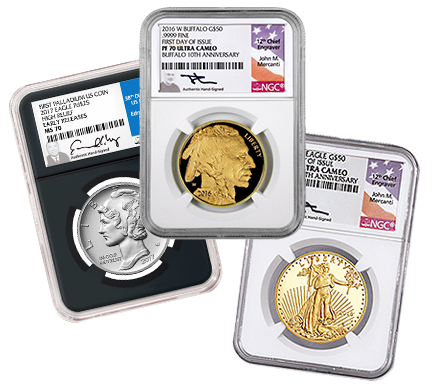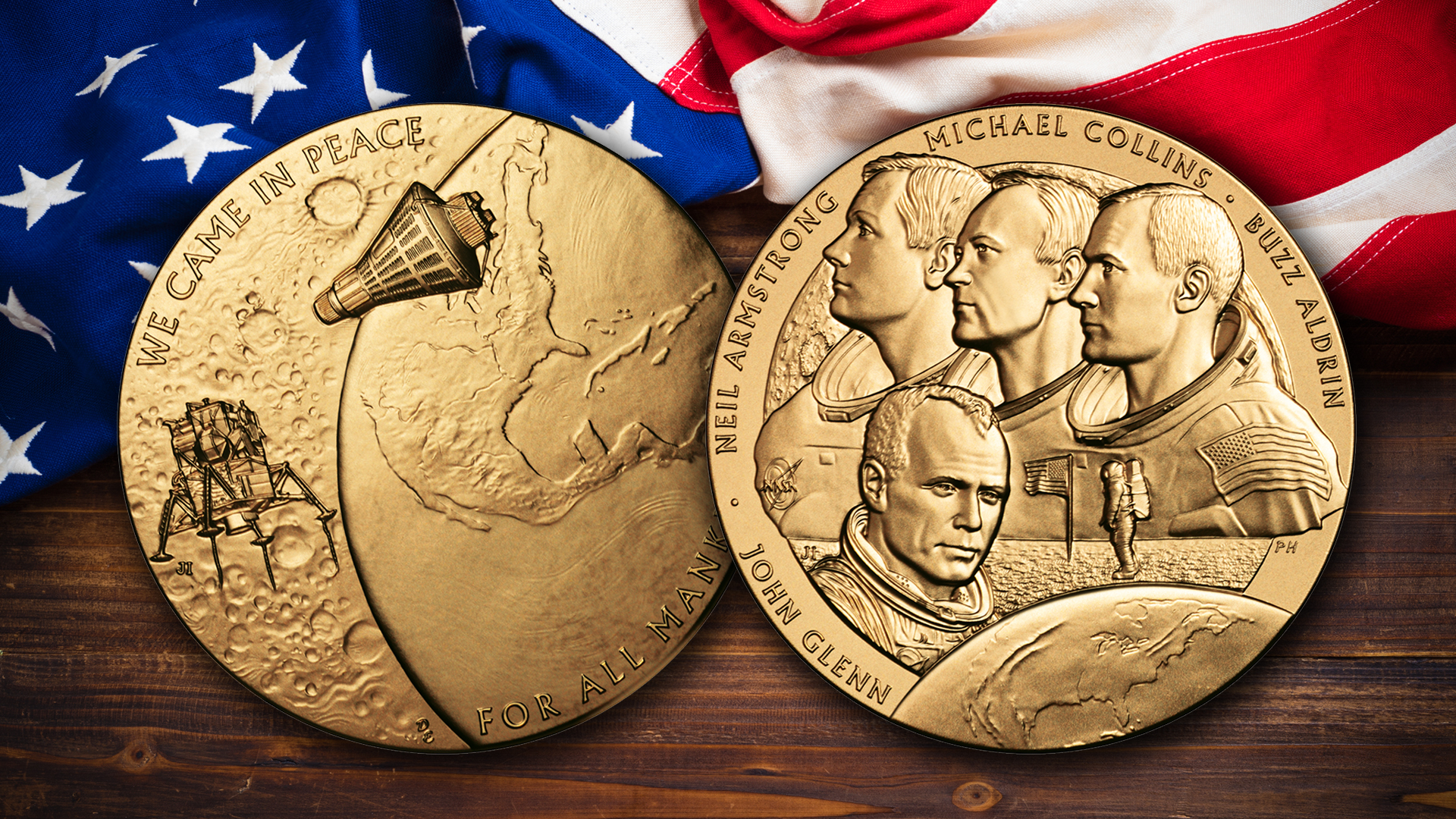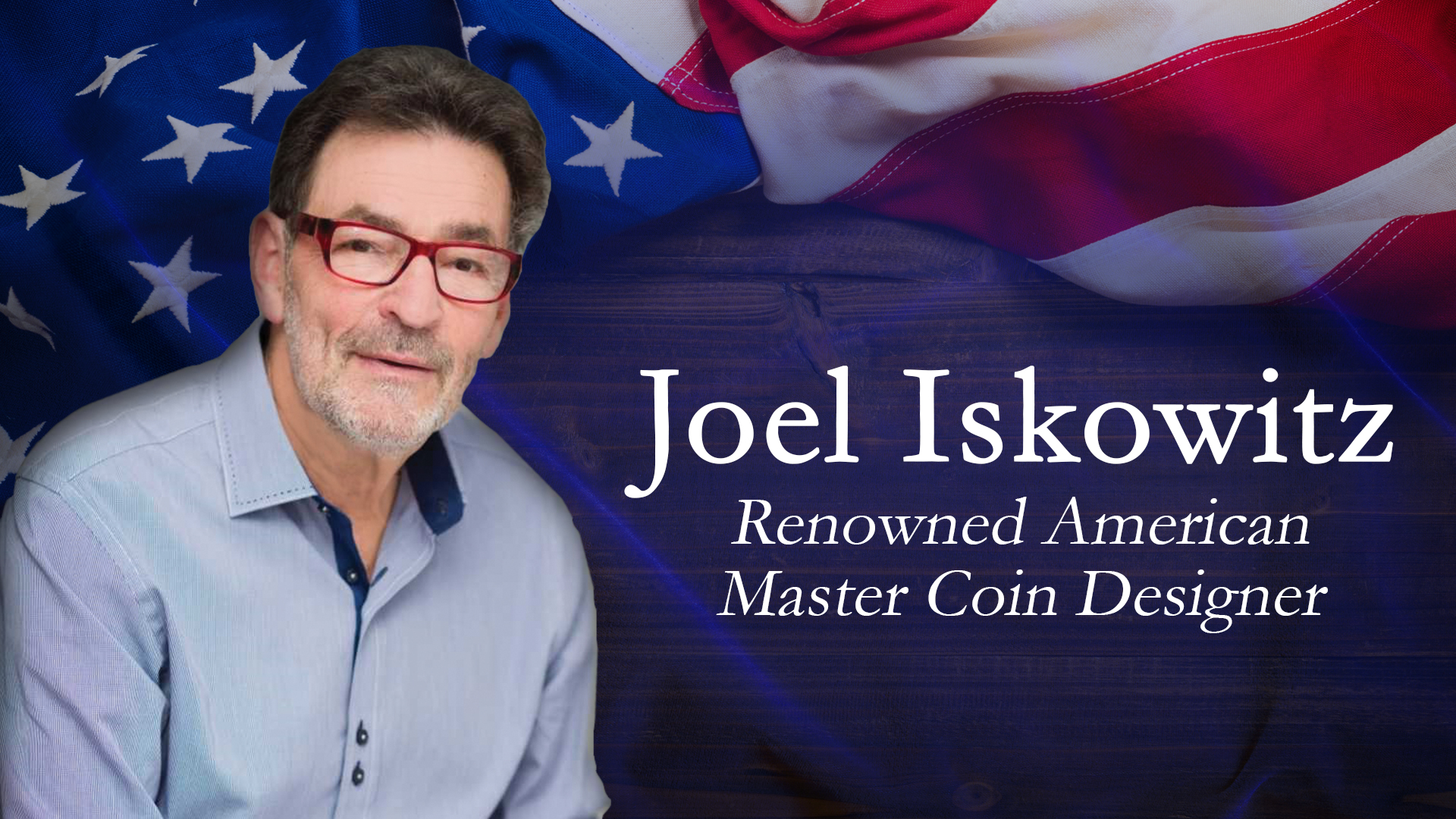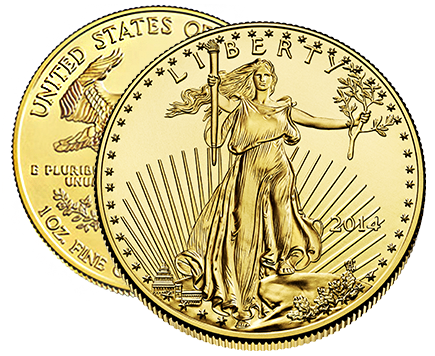Coin Grading for Beginners

GRADING AND CERTIFICATION
“For hundreds of years, rare coins and precious metals have proven themselves to be an excellent hedge against inflation and source of "ready" money in times of disaster. There is no reason to think this will change in the future. Gone are the days when coin collecting was only a passive hobby for those who would study the history and artistry of these enjoyable objects. It has now grown into an activity where speculation on the future demand for rare coins has made them a part of many investment portfolios. The shift in emphasis from collecting to investing has created a new market and demand for coins, resulting in more stringent grading methods, and pricing geared to the perceived rarity of coins in various levels of uncirculated perfection. Coins in high grades of condition that have been certified and encapsulated (slabbed) may be valued at multiples of similar coins that have not been so graded.”
–The Official Red Book: A Guide Book of United States Coins
There is no more conservative voice than that of the coin enthusiast’s trusted old friend, the Red Book. Back when IPM first began promoting graded modern issue coins, we were treading new ground. Nowadays, graded coins of all types are widely recognized as having a very real advantage over their ungraded and uncertified counterparts, as the above quote makes abundantly clear.
The advent of third-party coin certification revolutionized coin markets in the 1980’s, allowing anyone to confidently trade rare and precious metals coins without having to be an expert in judging coins by the ANA/Sheldon numerical scale. With universally respected third party opinions assigned to certified coins, the guesswork was removed and, for the first time, many thousands of Americans became investors and collectors of rare and precious metals coins.

IPM is proud to offer coins from two of the most respected names in third-party coin certification: Numismatic Guaranty Corporation (NGC) and Professional Coin Grading Service (PCGS). Both of these services are universally known throughout the numismatic community, and collectors and dealers generally prefer NGC and PCGS certified coins over those certified by other services, simply because of the instant name recognition that these two names provide. This adds an extra measure of security and liquidity to your coin holdings. When a coin is submitted to NGC or PCGS, it is examined by not one, but an entire panel of expert numismatists. Each grader independently scores the coin using the Sheldon numerical scale. Once a grade is agreed upon, the coin is encased in a plastic holder that both serves to protect the condition of the coin and to guarantee the authenticity of the grade, as any attempt to tamper with the holder is readily apparent. A serial number and barcode are encased with the coin, to readily identify it in a computerized database.
NGC and PCGS certified coins are found in most of the top rare coin collections and are the norm, rather than the exception in the rare U.S. coin market. IPM is proud to hold member-dealer status with both of these organizations!
THE SHELDON SCALE
Collecting U.S. coins has a long and rich history. Collecting began to develop significant momentum in the late 1800’s and early 1900’s. At that time, there was no such thing as a standardized grading scale. It was certainly recognized that all coins were not equal, but claims of quality were somewhat subjective and collectors had to be careful and knowledgeable to avoid making expensive mistakes as they built their collections. It became apparent to all that a more precise grading system was needed, but it was not until 1948 that Dr. William Sheldon first introduced a more scientific, objective system for grading coins.
The Sheldon Scale (also called the ANA scale, after the American Numismatic Association) ranks coins on a scale ranging from 1 for the poorest specimens, up to 70 for an absolutely flawless and technically perfect coin. The top range of the Sheldon Scale, from 60 to 70, is reserved for uncirculated or ‘Mint State’ coins. This portion of the scale is of great interest to collectors of both rare coins and modern issue precious metal coins.
Among rare U.S. coins, a single number’s difference in grade can make thousands, sometimes millions of dollars in difference in terms of a coin’s value. No rare U.S. gold issues survive in specimens that grade at a perfect MS-70. Many such issues are represented by specimens that “only” grade in the MS-65 range or less, including some pieces that have fetched millions of dollars at auction.
IPM deals exclusively in Brilliant Uncirculated modern issue coins that have not been handled, and which are preserved in their original state. Most U.S. American Eagle coins can reasonably be expected to leave the Mint at around MS-65 if they are not handled or allowed to slide against or otherwise contact other coins. Even when one takes many fresh, pristine coins delivered directly from the Mint, finding specimens that grade MS-68, MS-69 or even a perfect MS-70 is not something one can take for granted. That is why IPM is proud to be able to offer certain modern issue Eagle coins in these ultra high grades. They are museum quality specimens that are available today at affordable prices. Over the long term, these specimens can command great attention and respect in the collector market, just as ultra-gem U.S. gold issues from the era of circulating gold coinage do today.

Perfect Uncirculated (MS-70)
Perfect new condition, showing no trace of wear. The finest quality possible, with no evidence of scratches, handling or contact with other coins. Very few regular issue coins are ever found in this condition.
Choice Uncirculated (MS-65)
An above average Uncirculated coin that may be brilliant or lightly toned and has very few contact marks on the surface or rim. MS-67 through MS-62 indicate a slightly higher or lower grade of preservation.
Uncirculated (MS-60)
Has no trace of wear but may show a number of contact marks, and surface may be spotted or lack some luster.
Choice About Uncirculated (AU-55)
Barest evidence of light wear on only the points of the design. Most of the mint luster remains.
About Uncirculated (AU-50)
Has traces of light wear on many of the high points. At least half of the mint luster is present.
Choice Extremely Fine (EF-45)
Light overall wear shows on highest points. All design details are very sharp. Some of the mint luster is evident.
Extremely Fine (EF-40)
Design is lightly worn throughout, but all features are sharp and well defined. Traces of luster may show. ما
Choice Very Fine (VF-30)
Light even wear on the surface and highest points of design. All lettering and major features are sharp.
Very Fine (VF-20)
Shows moderate wear on high points of design. All major details are clear.
Fine (F-12)
Moderate to considerable even wear. Entire design is bold with overall pleasing appearance.
Very Good (VG-8)
Well worn with main features clear and bold although rather flat.
Good (G-4)
Heavily worn with design visible but faint in areas. Many details are flat.
About Good (AG-3)
Very heavily worn with portions of lettering, date and legends worn smooth. The date may be barely legible.
Signature Coins

Collecting rare coins can be an extremely rewarding investment, but valuing a coin is a daunting experience for many beginners. Fortunately, the practice of valuing a rare coin is the responsibility of third party grading services. In fact, most rare coins today fall into one of two categories: ungraded coins and professionally certified coins, commonly referred to as “certified coins.”
Certified coins are often assigned a numeric grade based on the condition of the coin, where the graded coins in the best condition often are hand-signed by a notable person within a coin-grading corporation (such as former Directors of the U.S. Mint). These coins are known as “signature coins.” When it comes to graded coins, the best of the best are guaranteed by a signature from members within the U.S. Mint, such as former directors or coin designers. Signature coins have a reputation of flawless quality and high value.
SIGNATURE SPOTLIGHT: Joel Iskowitz, Master Coin Designer
Having created over 50 U.S. coinage and medal designs issued in the last decade, Joel Iskowitz is the most prolific U.S. coinage designer of the recent era. Joel has designed five reverses for Platinum American Eagles; the issues released in 2006, 2008, 2011, 2013, and 2015. He has designed seven commemorative coins, nine First Spouse coins, six quarters, and four Presidential $1 coins. Joel also designed the reverse for the 2009 Lincoln Professional Life cent.
He had a celebrated career as an artist before entering numismatics. Beginning in the 1970’s as an illustrator, Joel created album covers and postage stamps—over 2,000 designs for 40 countries. He has 15 Congressional Medal of Honor design credits including The New Frontier Congressional Gold Medal (both obverse and reverse) awarded to astronauts John Glenn, Neil Armstrong, Michael Collins, and Buzz Aldrin in 2009.
Joel is the only American ever allowed to have designed the portrait of the queen for a British coin.

“The artwork of Joel Iskowitz is of national historic significance…As a former United States Astronaut, I am proud of the work Mr. Iskowitz has done to honor our nation’s astronauts and America’s space program.”
Hon. John H. Glenn Jr. - NASA Astronaut and United States Senator



